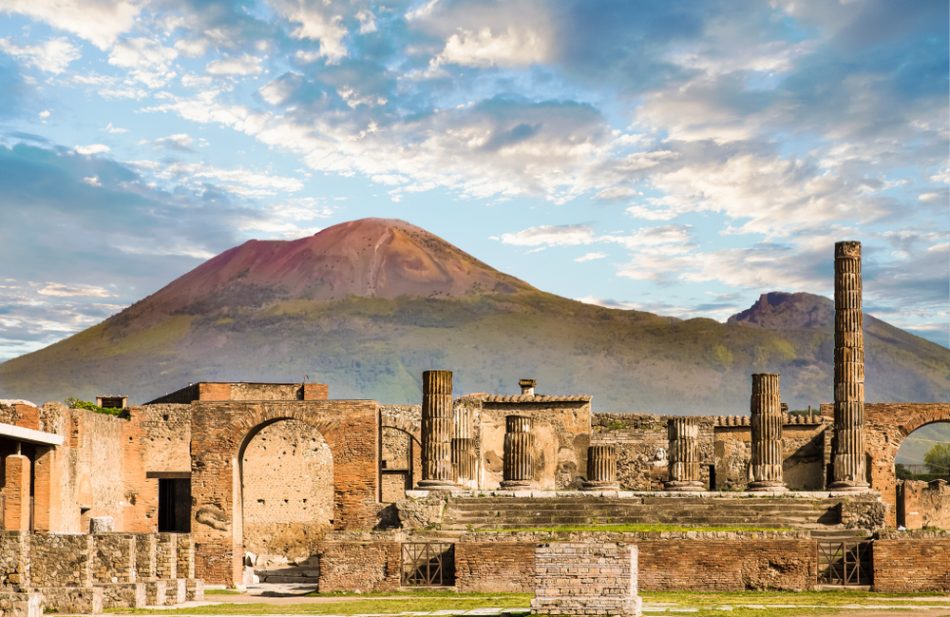The Roman city of Pompeii was buried in ash by the eruption of Mount Vesuvius in A.D. 79, and has fascinated archeologists since its discovery in the 1700s. Unfortunately, piecing this ancient city back together is no easy feat. To more efficiently reconstruct the ancient city, researchers from the Italian Institute of Technology (IIT) are turning to robots and artificial intelligence.
Called RePAIR (Reconstructing the Past: Artificial Intelligence and Robotics meet Cultural Heritage), the team’s robot will use AI to reconstruct parts of Pompeii that have stumped archeologists. Over the next several months, the team will train the robot using wall frescoes that have already been pieced back together. Then, they will deploy the robot to work on fresco fragments that researchers have yet to decipher.
Although there is no guarantee that the robot will be successful, if it is, it could revolutionize how we approach archeological research. The endeavor is supported by a 3.5-million-euro grant from a European Commission. The hope is that the robots can take on the task of digitizing and sorting artifacts, so human researchers can focus their time and effort on more complex tasks.
The robot itself takes the form of a machine with a torso and arms. It is being developed by researchers at the Humanoid & Human Centered Mechatronics lab at IIT in Genoa. With gentle prosthetic hands, the robot will be able to grasp and move delicate fragments. Once tested and ready, the first task for RePAIR will be frescoes from the Schola Armaturarum, a military-like headquarters located on Pompeii’s main street. First discovered in 1915, the site was severely damaged by an Allied bomb in 1943 and flooding in 2010. As there is some documentation of what the site looked like before it was compromised, it makes a good initial test project for the robot.
Researchers hope the robot will be on site and operational in Pompeii by summer 2022. If successful, the robot will expand beyond frescoes and learn how to piece together pottery and even papyri.











